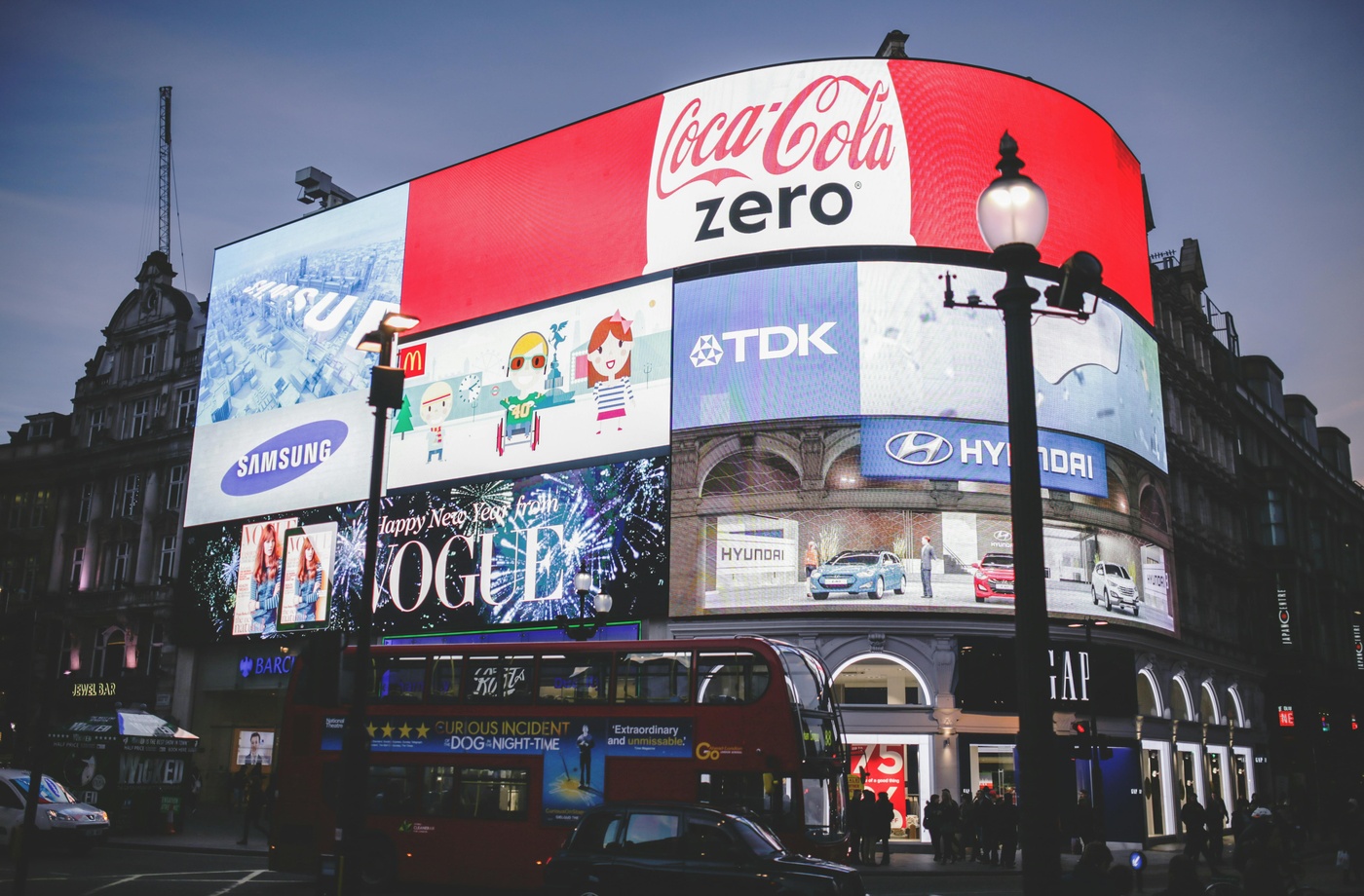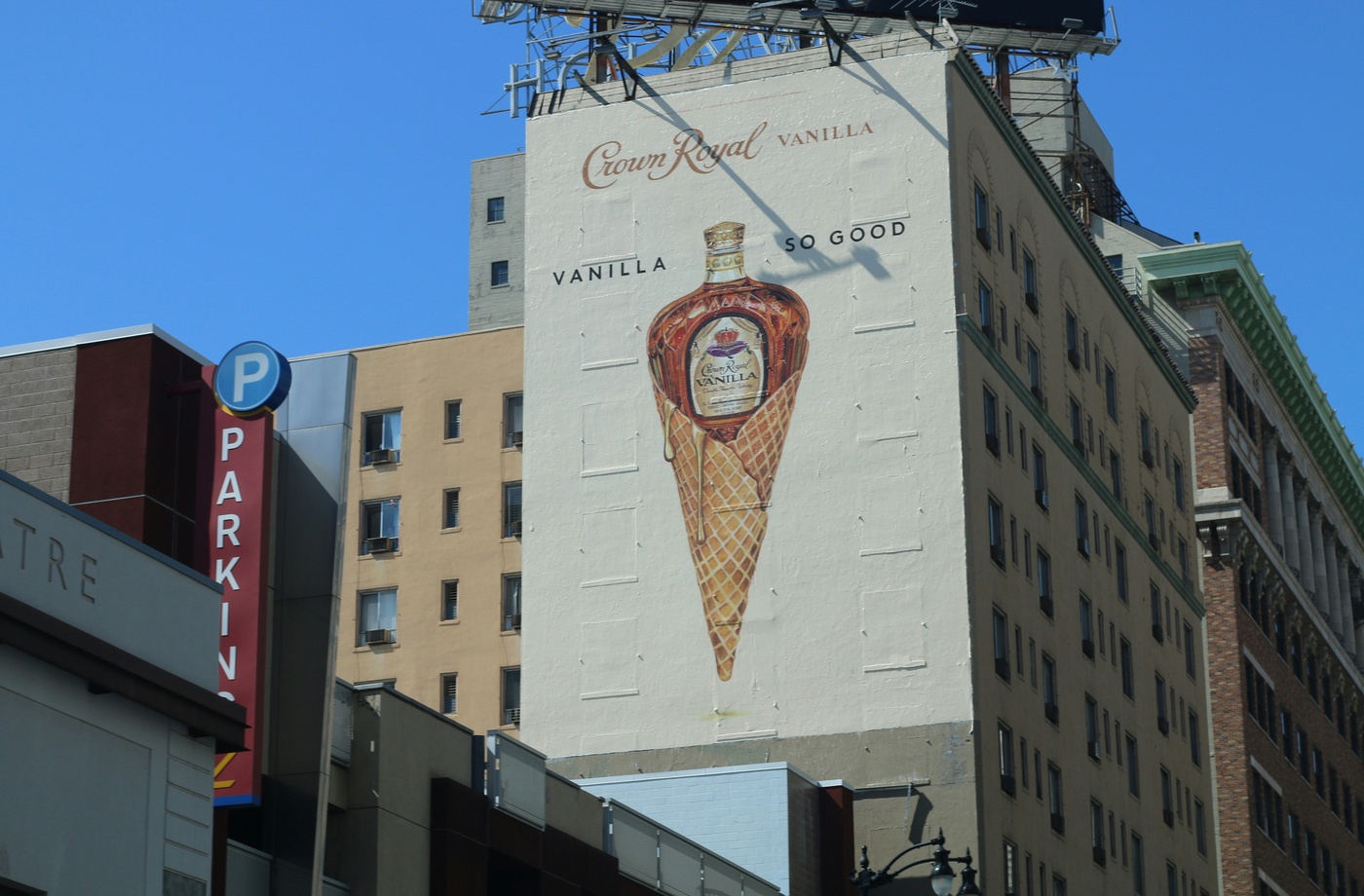Building an advertising strategy that drives real conversions requires more than creativity. It demands a balance of research, targeting, testing, and optimization. Many businesses overspend on campaigns that fail to deliver because they skip the foundational steps that connect ads to measurable business goals. By understanding the building blocks of a strong advertising framework, brands can maximize reach, reduce wasted spend, and ensure every dollar works harder.
Define clear objectives from the start
Every effective advertising strategy begins with clear goals. Do you want to increase brand awareness, generate leads, or drive direct sales? Platforms like Hubspot emphasize the importance of aligning campaign objectives with overall business goals. A clear objective ensures your creative, targeting, and budget align to deliver results that matter.
Know your audience inside out
Audience insights drive smarter campaigns. Use tools like Google Analytics and social media platforms’ audience managers to analyze customer behavior and demographics. The more precise your audience profiles are, the easier it becomes to target ads that resonate and convert.
Balance creativity with data
Engaging creatives are crucial, but data ensures they reach the right people. Testing different ad creatives, formats, and placements helps refine messaging and reduce wasted impressions. For example, integrating customer incentives like loyalty programs or digital rewards can further improve ad performance. Businesses can highlight perks such as the ability to earn cashback with a Starbucks gift card or get rewards with a Target gift card to connect promotions directly with consumer motivation.
Optimize budget allocation
Many businesses spend without a proper plan for distribution. Successful advertisers diversify across channels, testing paid search, social media, and display advertising while reallocating budget toward high-performing segments. Leveraging platforms like Google Ads or Meta Ads Manager can help fine-tune budget allocations in real time.
Leverage incentives to drive conversions
Incorporating incentives into campaigns can dramatically increase engagement. For instance, highlighting that customers can earn cashback with a Chipotle gift card or save money on Uber with gift cards creates added value beyond the product itself. This approach resonates with cost-conscious shoppers who prioritize rewards. Advertisers can also encourage users to explore more cashback opportunities by visiting Fluz.
Track, measure, and adjust
An advertising strategy is never static. Regularly review metrics like CTR (click-through rate), CPC (cost per click), and ROAS (return on ad spend). Platforms like Kissmetrics and Sprout Social provide deeper insights into campaign performance. By acting on the data, you ensure your strategy evolves alongside market shifts and customer behavior.
Conclusion
A successful advertising strategy balances creativity with precision. By setting clear objectives, understanding your audience, using data to optimize, and layering in reward-driven incentives, brands can build campaigns that don’t just attract attention but actually convert. The key is to treat advertising as a dynamic system—always testing, refining, and looking for ways to provide extra value to the customer.



